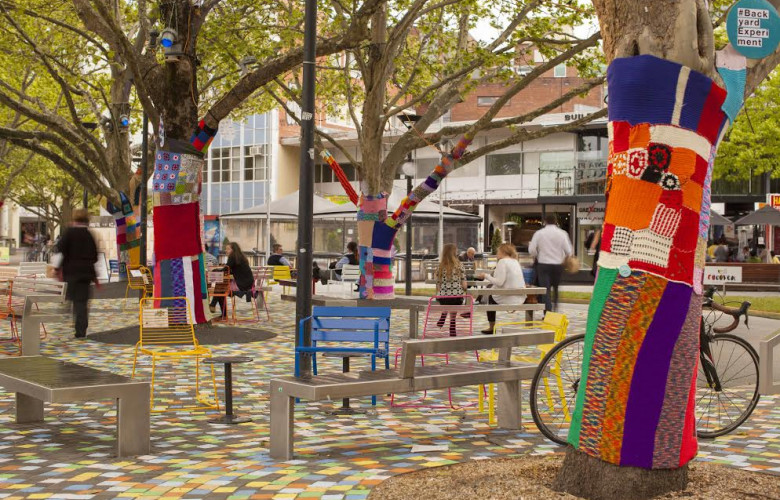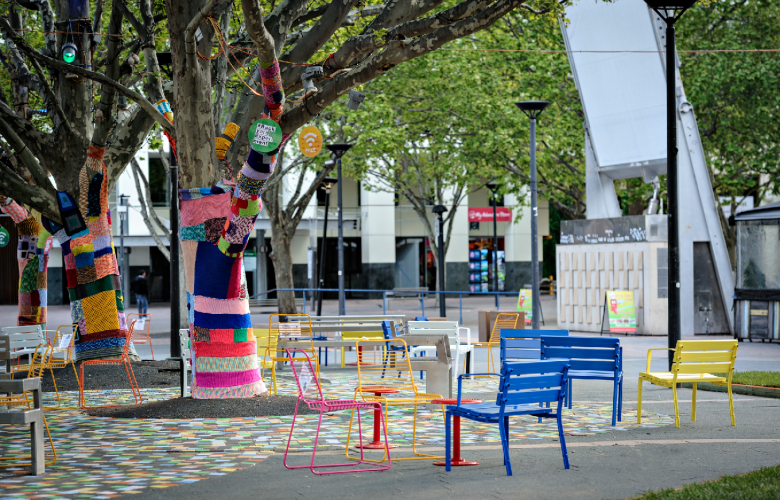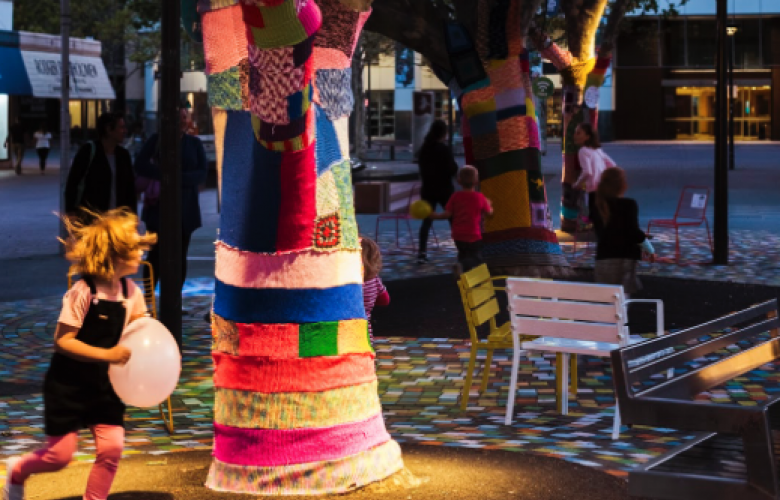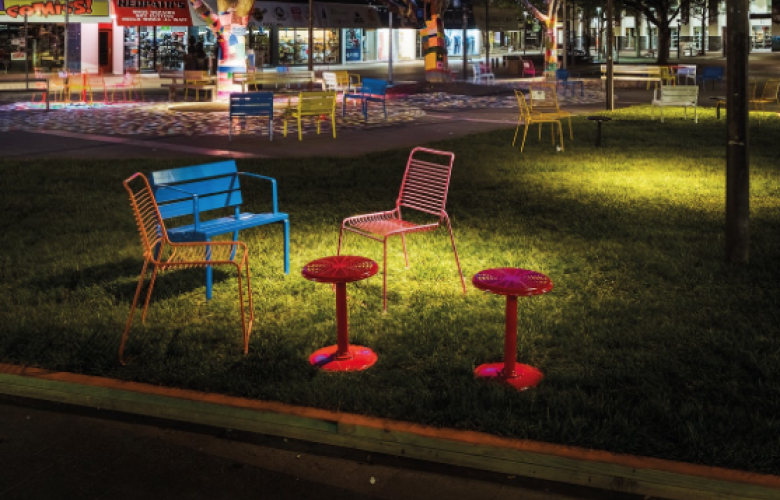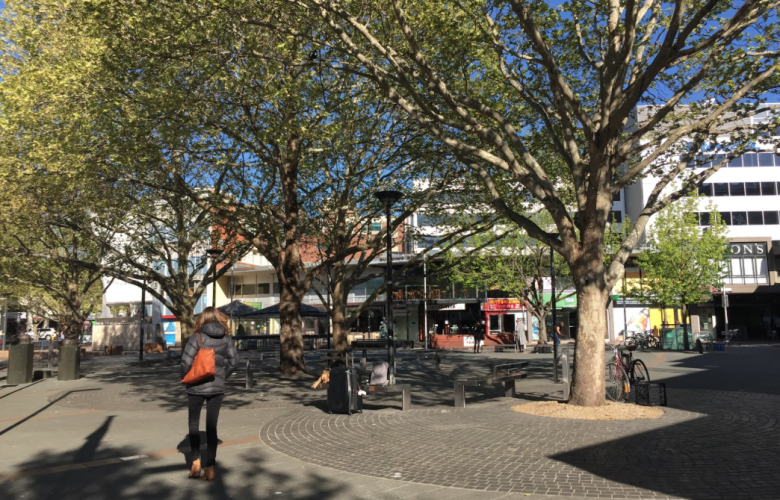Study proves improved landscape design attracts more visitors
Contact
Study proves improved landscape design attracts more visitors
A study by Street Furniture - titled #BackyardExperiment - showed how inexpensive and colourful improvements, including movable seats, can quickly and easily make unloved spaces more lovable.
A new study has shown that improving design can significantly increase the amount unused spaces are visited.
The #BackyardExperiment was a study devised by Street Furniture Australia in collaboration with the Australian Institute of Landscape Architects, the ACT Government and In the City Canberra.
A previously unloved park, Garema Place, was transformed by designers Context using movable furniture, knitted trees, lighting, living lawn, free Wi-Fi and book shelves.
Time-lapse footage revealed a "stunning transformation" in visitor numbers and the diversity of the people who visited the pop-up park.
Before the #BackyardExperiment, 97% of visitors passed through Garema Place without stopping. During the experiment, visitor numbers increased by 190% in only eight days. The number of people who stayed in the park increased by 247%.
More pedestrians chose to walk through Garema Place instead of diverting along other routes.
“When you consider that #BackyardExperiment relied on word of mouth to attract people the results are all the more astounding," said Street Furniture Australia Marketing Manager, June Boxsell.
"We didn’t actively promote the park," she said, "we simply built it and people came.”
During the experiment 631% more children attended the park. The number of groups of friends visiting Garema Place almost doubled. And the number of families visiting increased by five times - on the weekend, eight times.
“This transformation was particularly marked at night," said Boxsell.
"We noticed a lot more families with young children playing in the park after dark. The lighting and yarn wrapped trees created an environment that felt magical and safe."
Before the experiment, locals warned colourful seats would be stolen. But of the 60 movable seats, none went missing.
Boxsell said movable seats are features of parks in Paris and New York.
“We wanted to test the theory that the fastest and most cost-effective way to attract people is to provide more places to sit," she said.
"The experiment shows just how effective quicker, lighter, cheaper interventions can be for placemakers looking to brighten underused spaces,” said Boxsell.
The experiment took place over eight days from 22 to 30 October, 2016. Time-lapse footage was used to measure foot traffic, the number of people staying at the park, and changes in demographic groups.
“The #BackyardExperiment pop-up park has received a great response from the local community,” said Karen Wilden from ACT Government.
"The research results, and results from our own survey, will assist the ACT Government to implement its City Action Plan, informing future events and installations in areas such Garema Place," she said.
The #BackyardExperiment was part of the 2016 International Festival of Landscape Architecture: Not In My Backyard, a festival that aims to connect the public with landscape architects.
A white paper on the event is available online.
See also:

